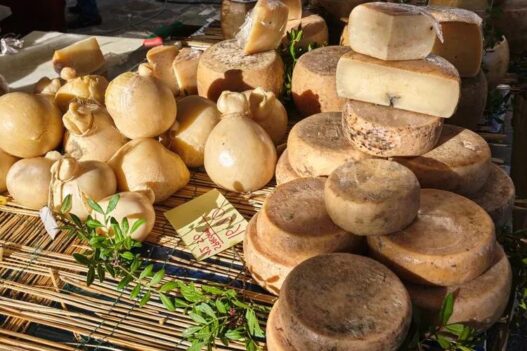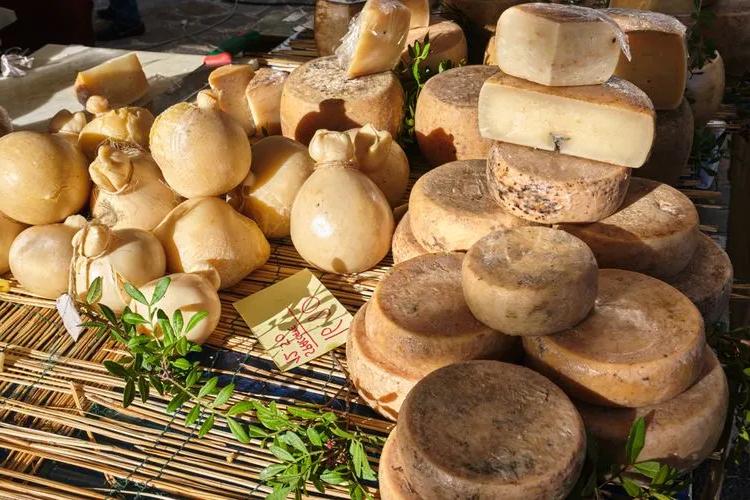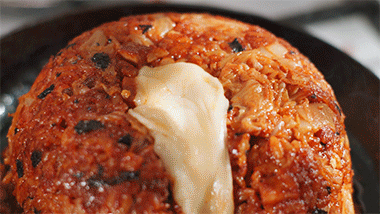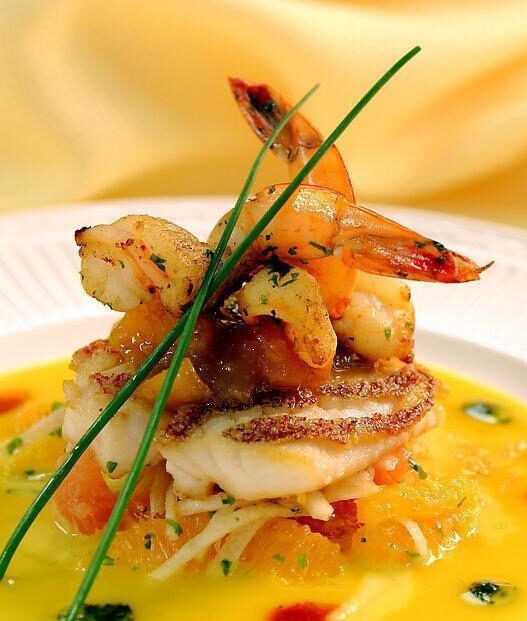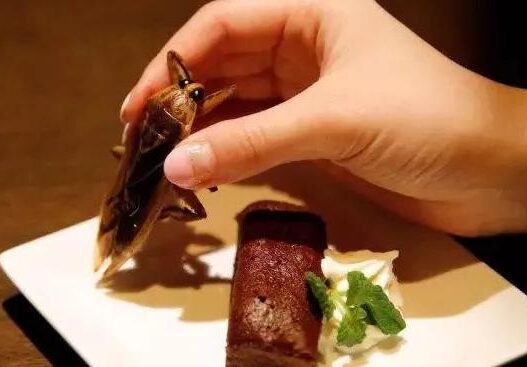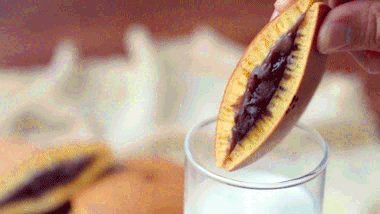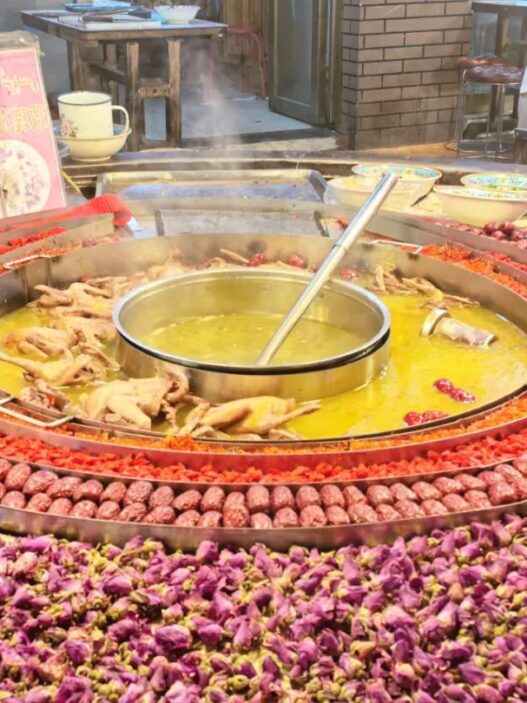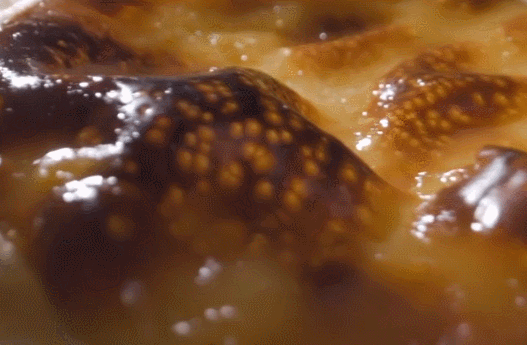In the picturesque Italian island of Sardinia, there’s a culinary tradition that’s not for the faint of heart. Known as Casu Marzu, or “maggot cheese,” this infamous delicacy is made from Pecorino sheep’s milk cheese and is famous for its live maggots. Despite its shocking appearance, it’s a beloved treat among locals and has been part of Sardinian culture for centuries.
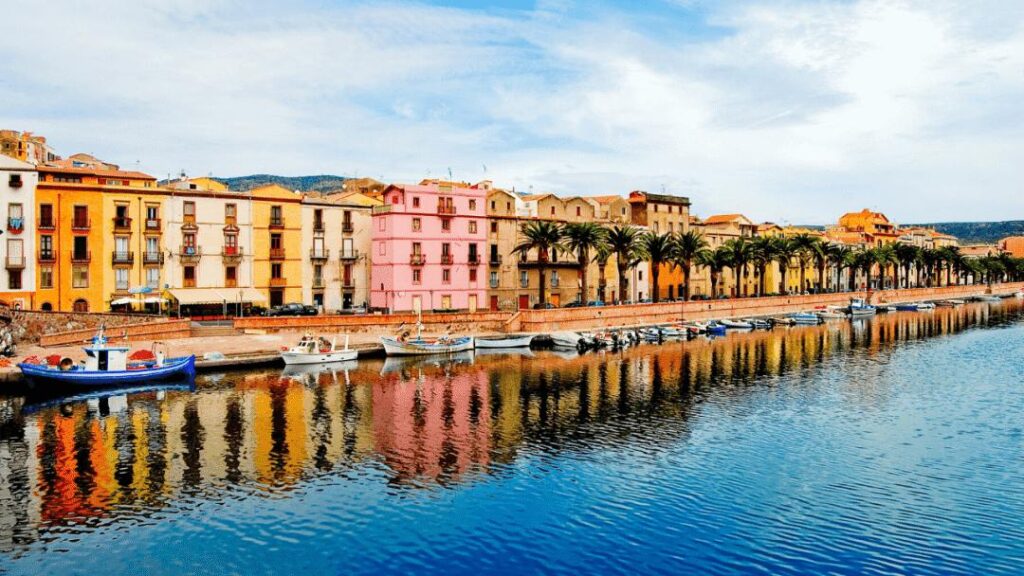
What Is Casu Marzu?
Casu Marzu, which translates to “rotten cheese,” is a traditional Sardinian cheese made from sheep’s milk. Unlike regular cheese, it undergoes a unique fermentation process facilitated by the larvae of the cheese fly (Piophila casei). These maggots break down the cheese’s fats, creating a soft, creamy texture and a pungent, spicy flavor.
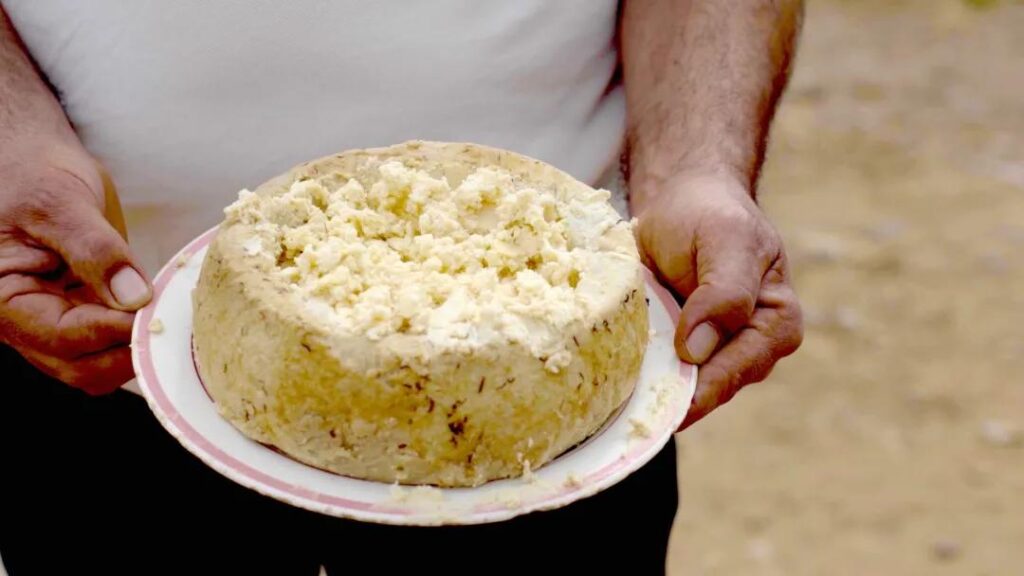
The cheese is so controversial that its sale is banned in the European Union due to health concerns. However, Sardinians continue to produce and enjoy it, especially during special occasions like weddings and birthdays.
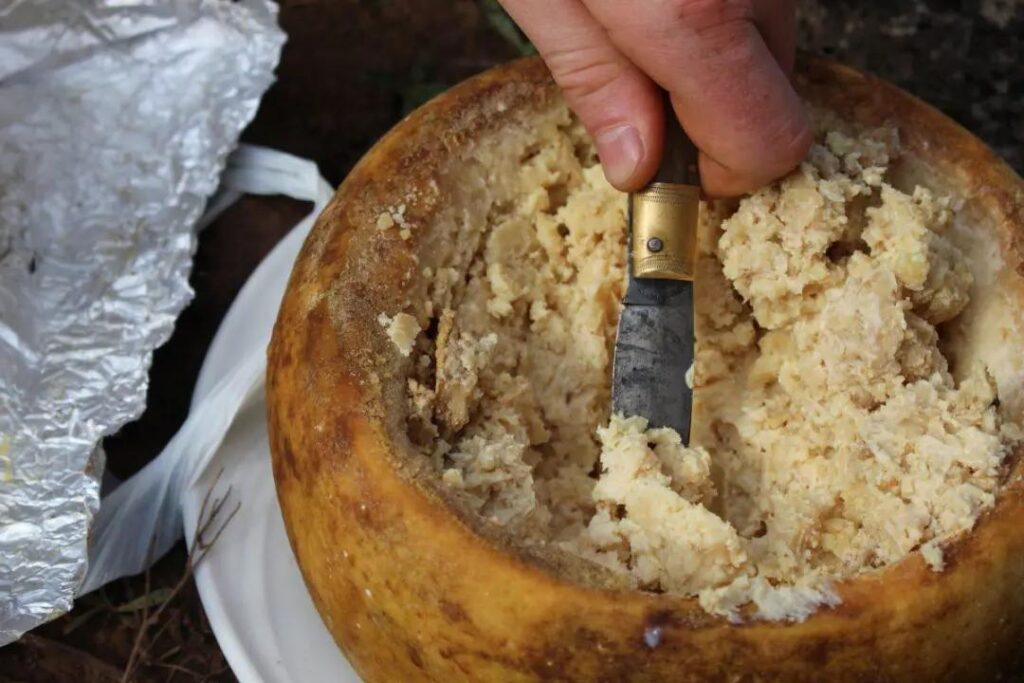
How Is Casu Marzu Made?
1、Start with Pecorino Cheese: The process begins with a wheel of Pecorino cheese, a hard, aged sheep’s milk cheese.
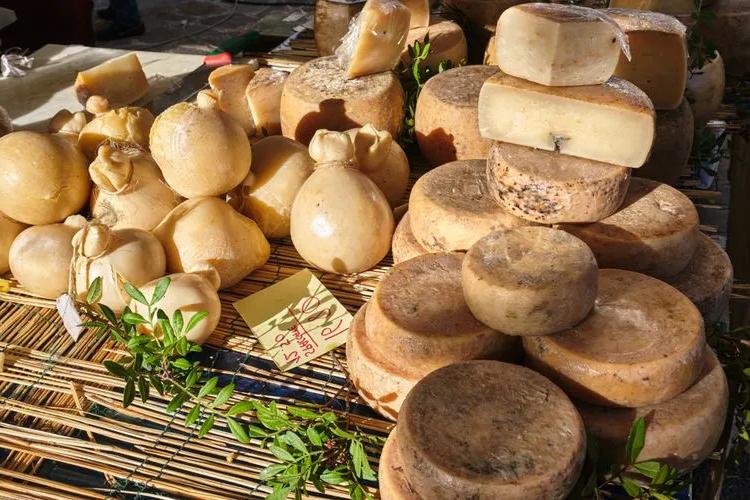
2、Introduce the Flies: The cheese is left uncovered to attract cheese flies, which lay their eggs on the surface.
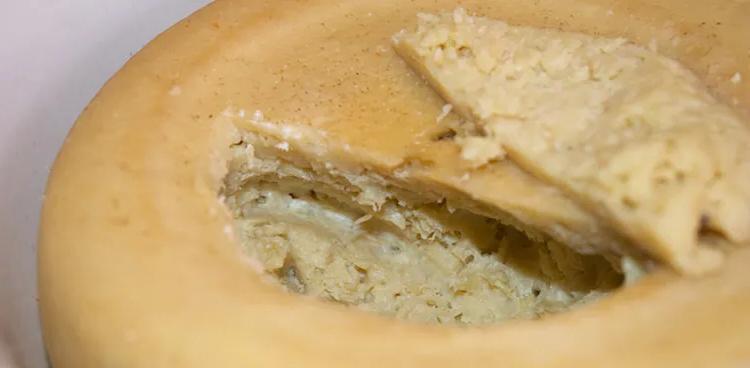
3、Maggot Fermentation: The larvae hatch and begin digesting the cheese, breaking down its fats and creating a soft, creamy texture.
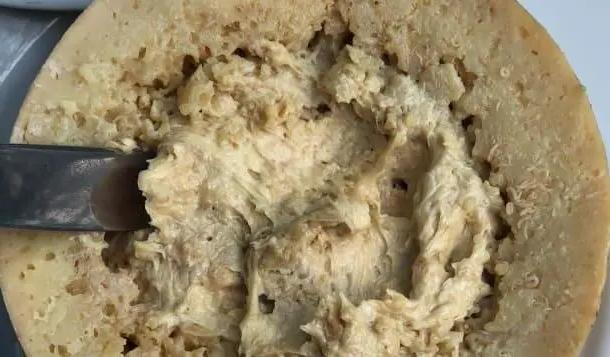
4、Aging: The cheese is aged for about two months, during which the maggots continue to work their magic.
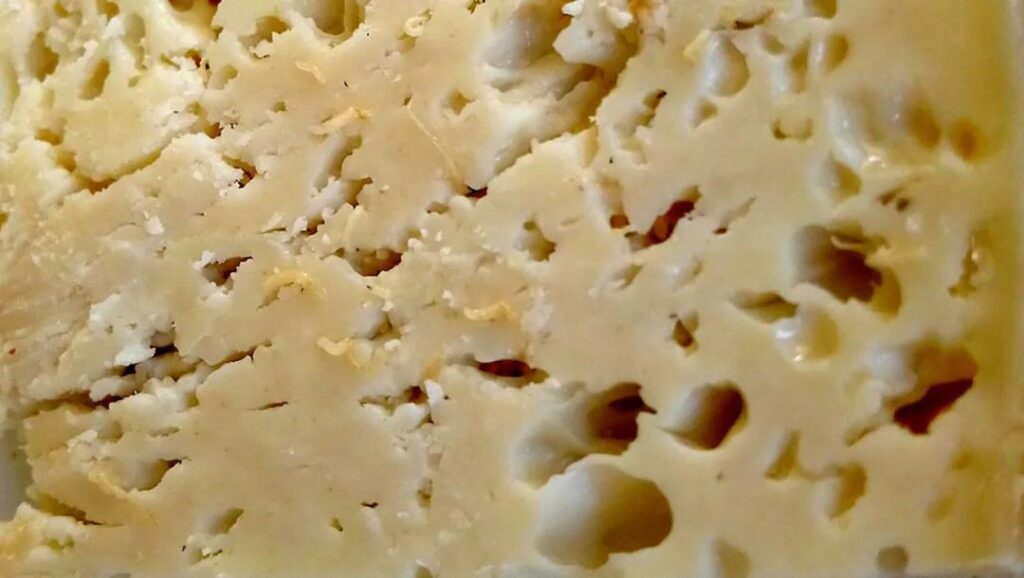
The result is a cheese with a strong, spicy flavor and a texture that’s both creamy and slightly crunchy due to the live maggots.
The Unique Flavor of Casu Marzu
The maggots are the key to Casu Marzu’s unique flavor. As they digest the cheese, they produce enzymes that ferment the fats, creating a rich, tangy, and slightly spicy taste. Locals describe it as having a sharp, intense flavor that lingers on the palate.
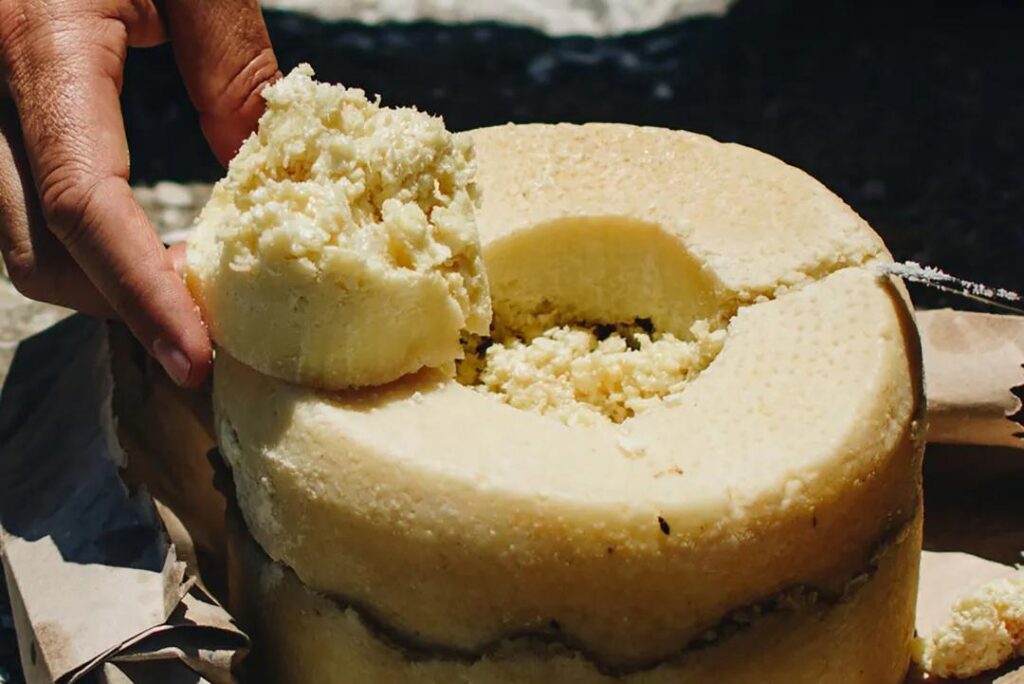
When eaten, the maggots are often still alive and can jump up to 15 centimeters when disturbed. Some diners remove the maggots before eating, while others embrace them as part of the experience.
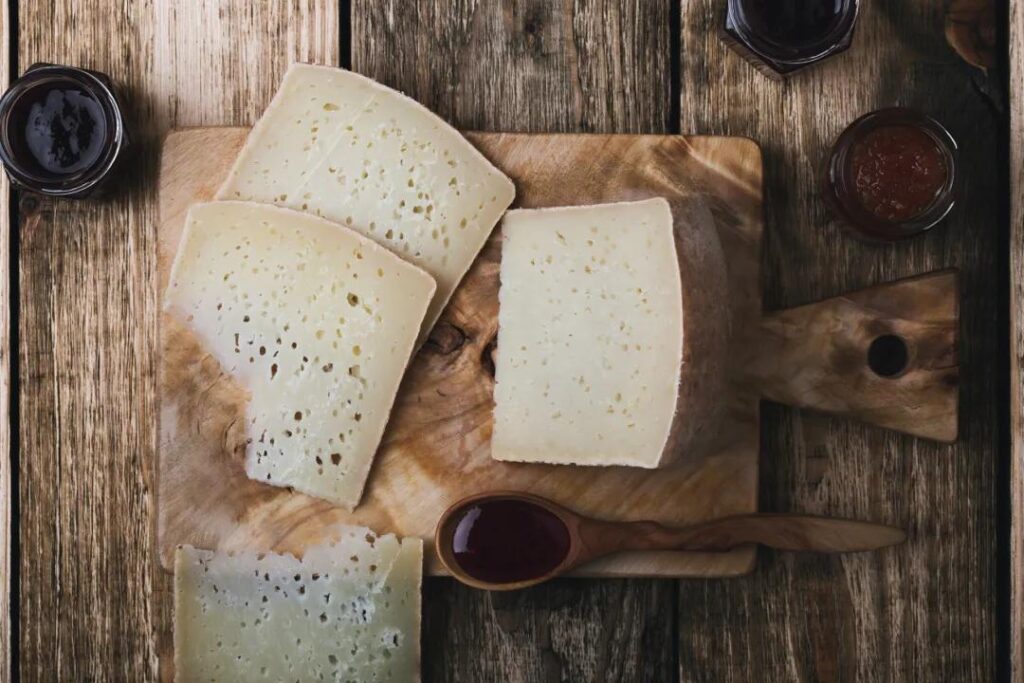
Health Concerns and Legal Issues
Despite its cultural significance, Casu Marzu has faced scrutiny from health authorities. The European Union has banned its sale due to concerns that the maggots could survive stomach acid and cause intestinal damage. There have been rare cases of maggots causing digestive issues, including nausea and stomach bleeding.
However, Sardinians argue that the cheese is safe when consumed fresh and that the maggots are an essential part of its flavor. The ban has sparked protests, with locals defending their right to enjoy this traditional delicacy.
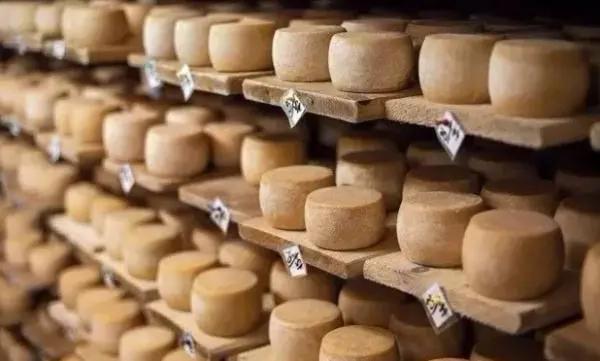
How to Eat Casu Marzu
Eating Casu Marzu is an experience in itself. Here’s how locals enjoy it:
1、Pair with Wine: Casu Marzu is traditionally served with a strong, local red wine.

2、Check the Maggots: The maggots should be lively and active, indicating the cheese is fresh.
3、Share with Friends: This cheese is best enjoyed in a group, making it a social delicacy.
For those who can’t stomach the live maggots, the cheese can be placed in a sealed bag to suffocate the larvae or frozen to kill them. However, purists argue that this diminishes the flavor.
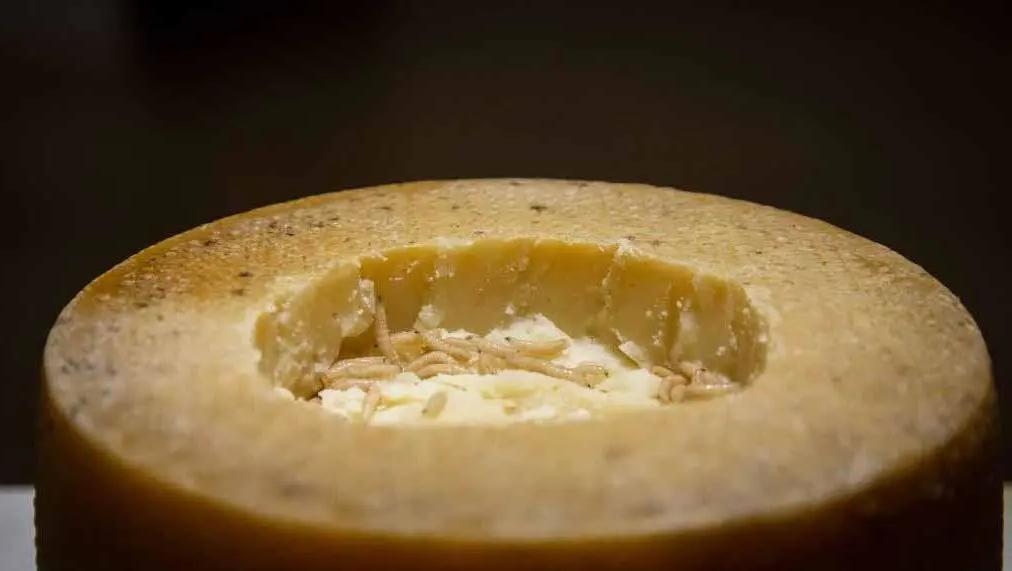
Conclusion: A Cheese Like No Other
Casu Marzu is not just a cheese—it’s a cultural icon and a testament to Sardinia’s rich culinary heritage. While it may challenge modern notions of food safety, its unique flavor and centuries-old tradition continue to captivate adventurous eaters.
So, if you ever find yourself in Sardinia, will you dare to try the world’s most dangerous cheese?





